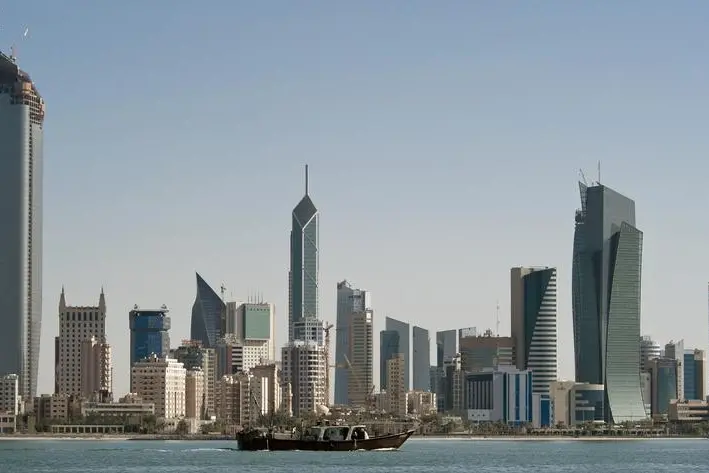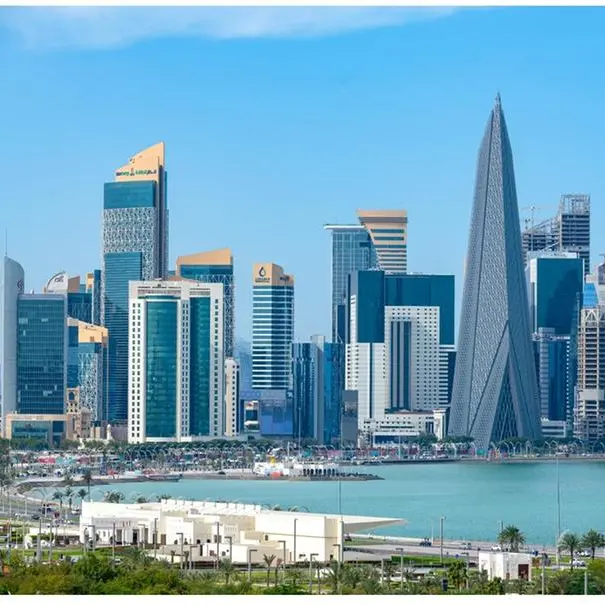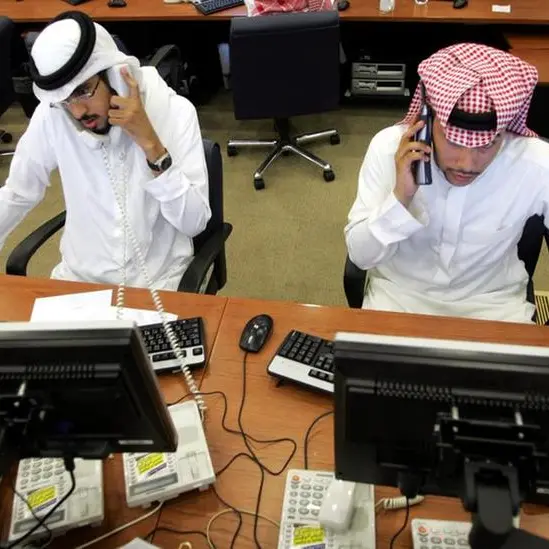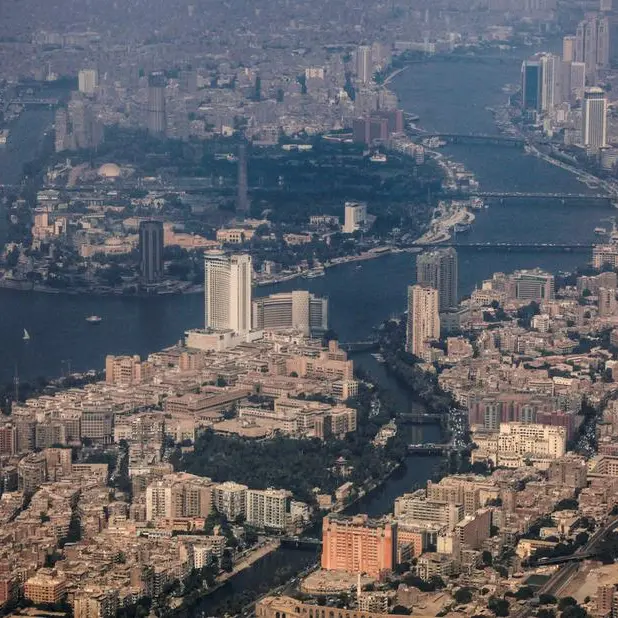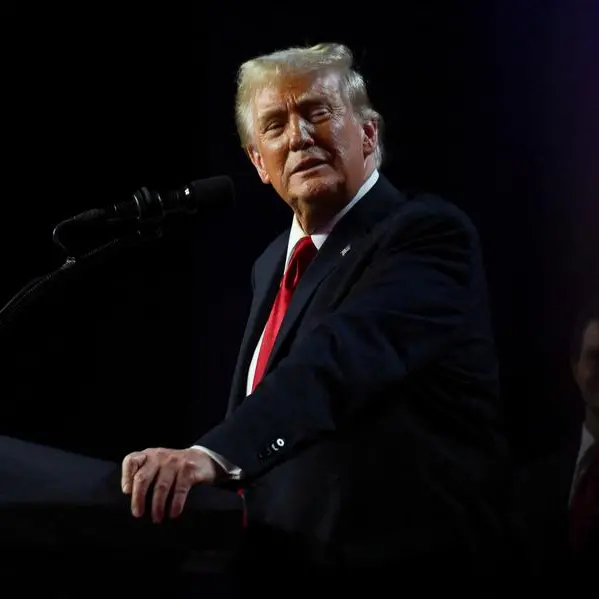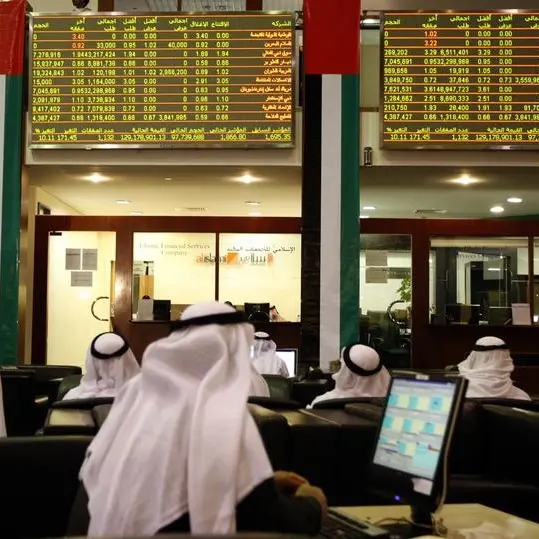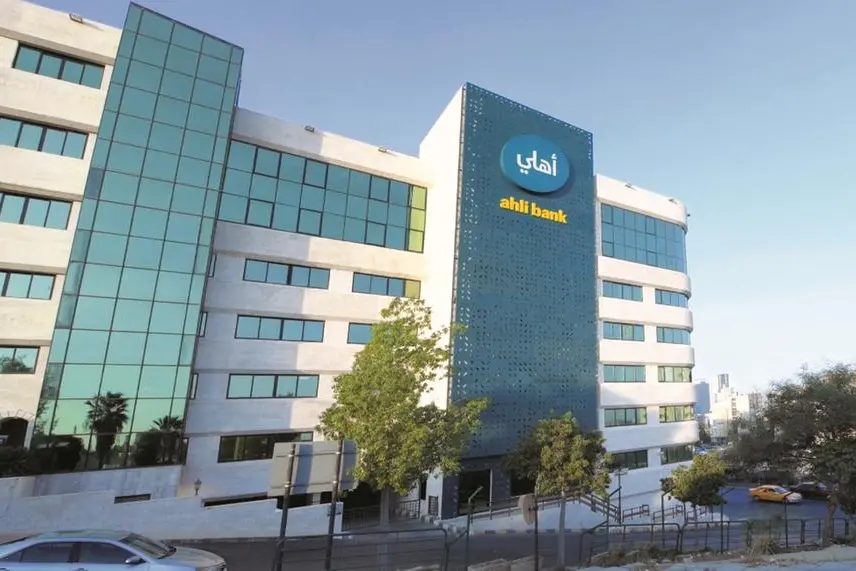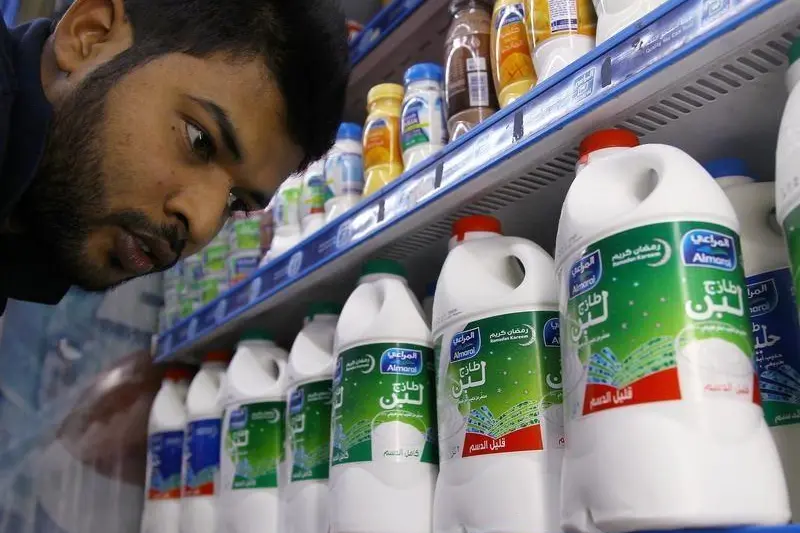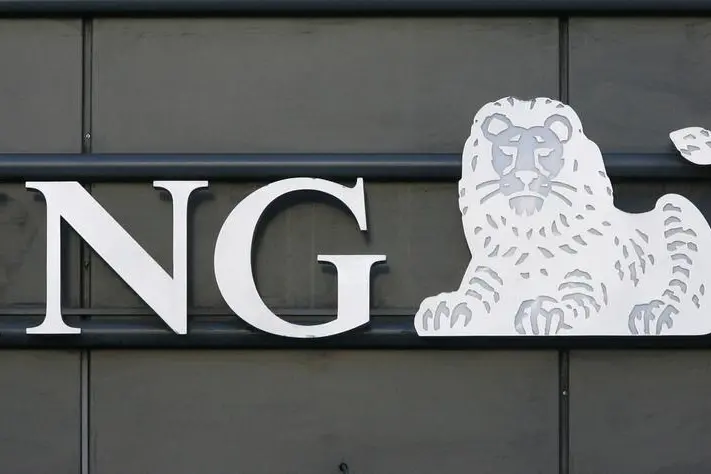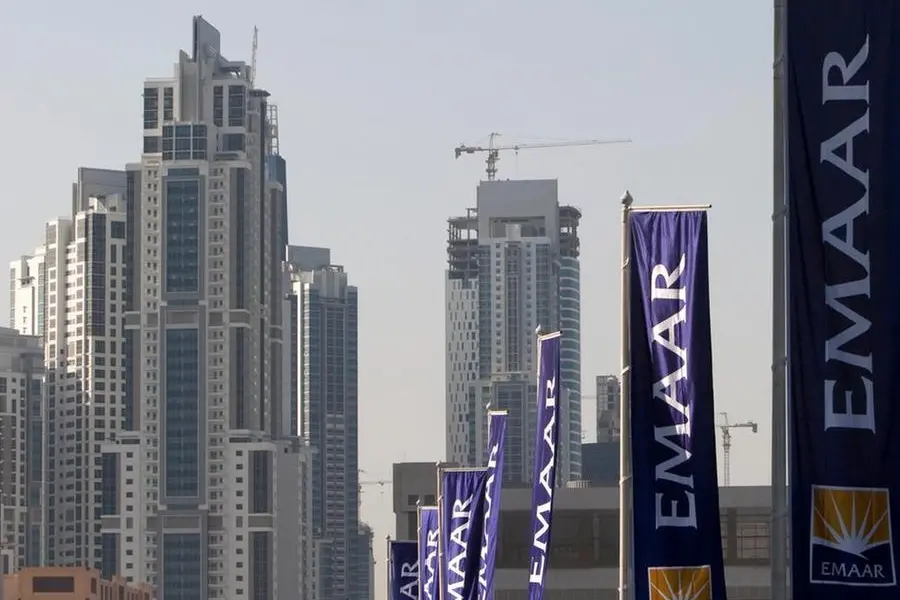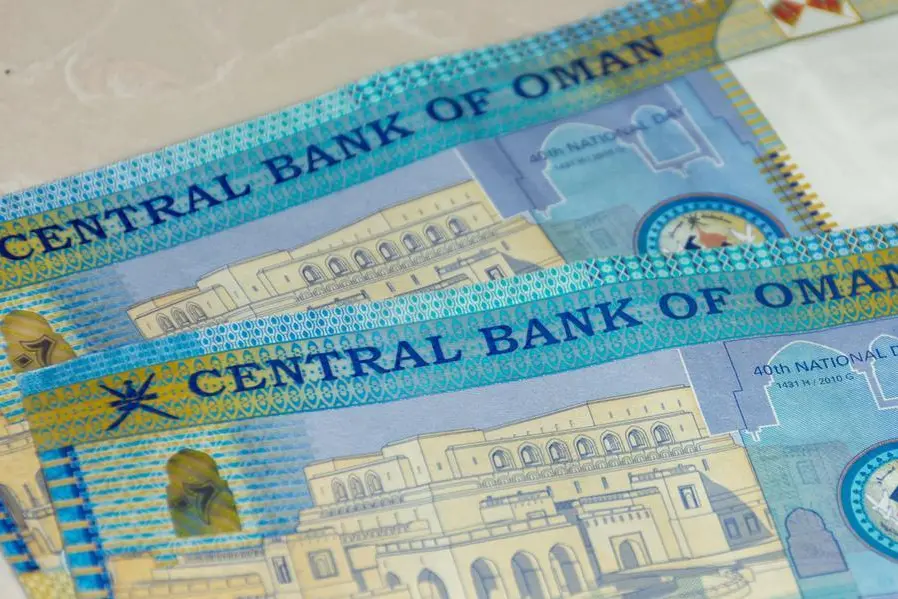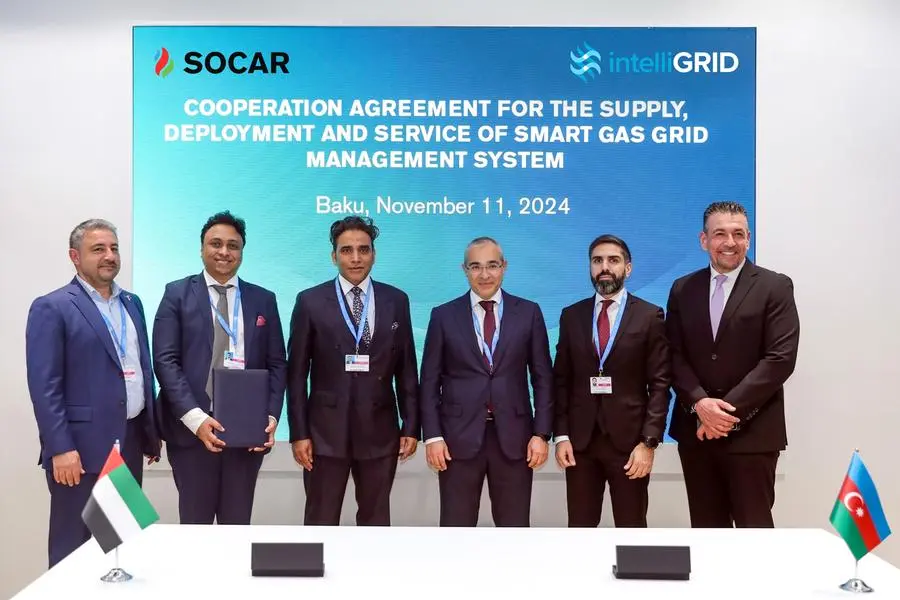PHOTO
A recent report by Al- Monitor touched on economic policies and competitiveness in Kuwait in light of the ongoing disputes between the legislative and executive authorities, which had a negative impact on health care, education and other social services, reports Al-Qabas daily. The report stated that the country’s economic growth has been highly variable in recent years, reaching 8.9% in 2020, 1.3% in 2021, and 8.3% in 2022 at a time when the International Monetary Fund expects the country to record real GDP growth of 0.9% during the current year. The report pointed out that the oil and gas sector contributes more than 80% of the public sector revenue sources, as Brent crude prices are expected to average $85.01 per barrel in 2023 and $81.21 in 2024 — down from $100.94 in 2022, according to the US Energy Information Agency.
Annual
And at a time when the Ministry of Finance announced a record budget of $ 86.7 billion for fiscal 2023-2024 that begins in April, reflects an annual increase of $9.1 billion (11.7%), this expansionary fiscal policy records a fiscal deficit year after year, when not calculating investment interest income from the Kuwait Investment Authority, where the break-even point in the budget for 2023-2024 is at $92.90 per barrel. A breakdown of spending in the draft budget for Kuwait reveals that 80% of the planned expenditures are allocated to salaries and subsidies, while capital expenditures and other expenses consume 9% and 11%, respectively, in conjunction with the failure to issue sovereign debt since 2017, due to the inability to pass a new debt law.
Dr. Robert Mogilnicki, a researcher at the Arab Gulf States Institute in Washington, presented 3 scenarios for the next stage in Kuwait: First scenario — Persistent political stalemate prevents real economic policy-making and reform efforts, leading to a slow – but manageable – deterioration in the country’s economic environment and competitiveness, as Kuwait trails neighboring Gulf states as a hub for global talent and foreign direct investment, at a time when many businessmen choose to Local and international companies, exploiting the growing opportunities in the neighboring Gulf countries and other emerging markets. Second scenario — Unexpected economic shocks eventually lead to a major economic crisis in Kuwait. In the face of a sharp drop in oil revenues and the lack of a legal path to debt issuance, the government relies heavily on its sovereign wealth, as these strict measures harm the country’s strong reputation provided by its fiscal and external budgets. The third scenario — The response of the main stakeholders (the government and the National Assembly) to the growing need to work together to advance reforms and economic development initiatives, will lead to ensuring the economic well-being of citizens, streamlining the “complex” business environment in the country, and making better use of financial resources to unleash economic growth.
Mogilnicki explained that the most likely scenario in Kuwait is a steady decline in the Kuwaiti economic environment and competitiveness, but it can be controlled, as the country’s strong financial and external budgets reduce the urgent need for reforms and make it easier for policy makers to continue moving forward, stressing that the possibility of a crisis Whole economic conditions, such as Kuwait’s inability to meet debt repayment obligations, are very low.
© 2022 Arab Times Kuwait English Daily. All Rights Reserved. Provided by SyndiGate Media Inc. (Syndigate.info).
